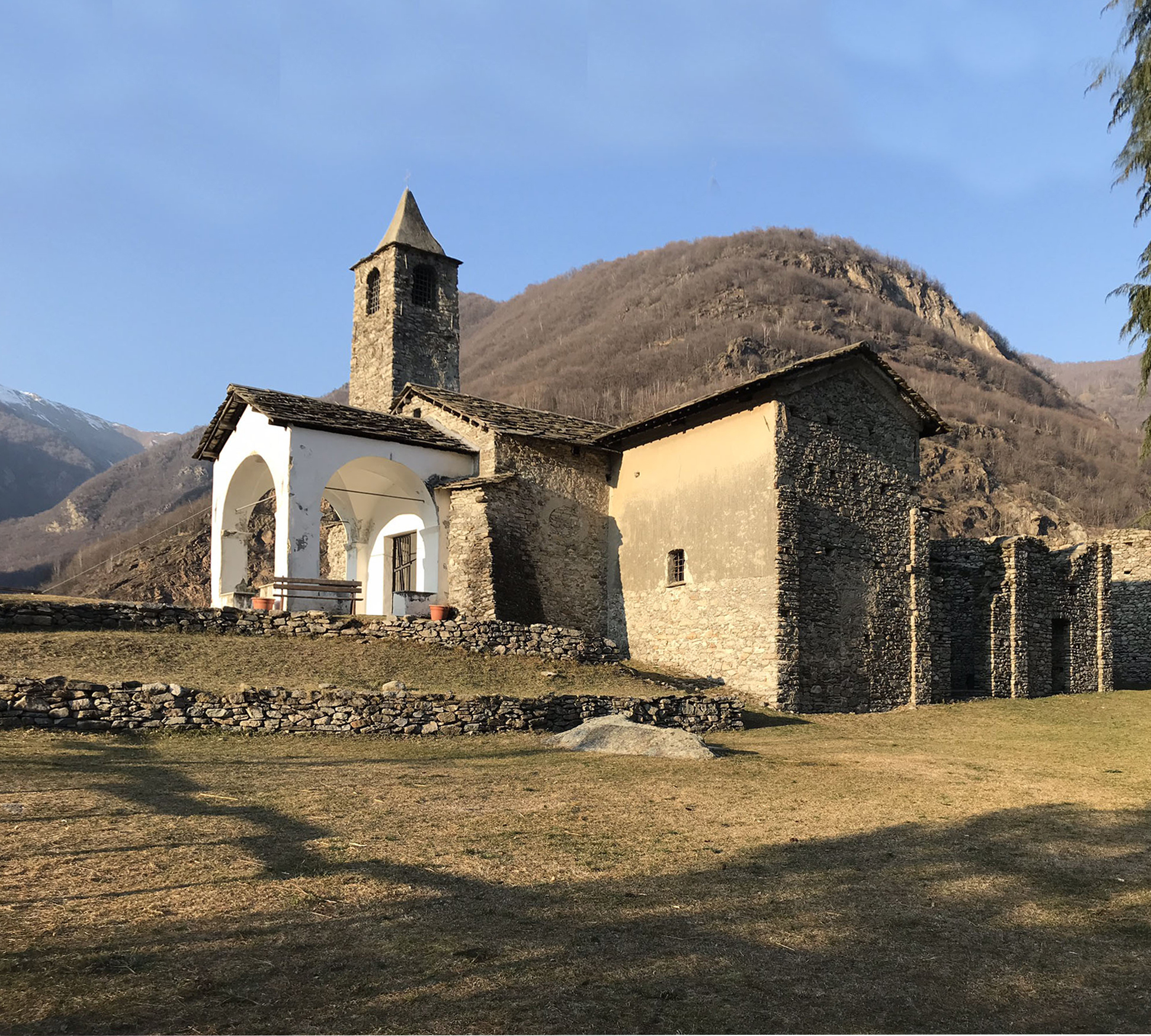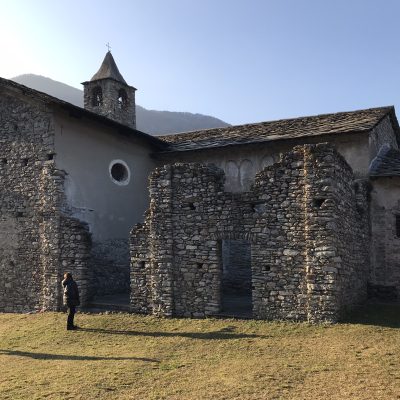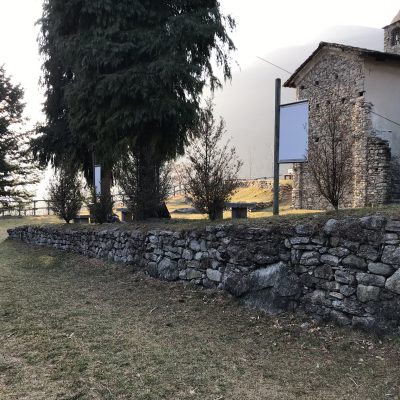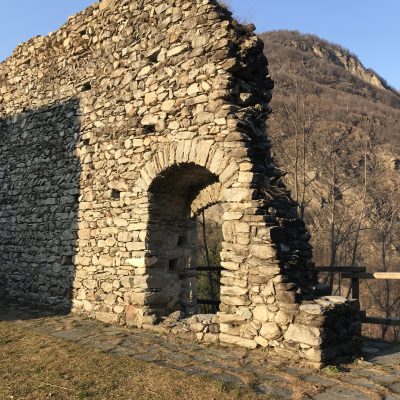
REDEVELOPMENT OF THE MOTTA DEL RE ARDUINO
REDEVELOPMENT OF THE MOTTA DEL RE ARDUINO
Client: Comune di Sparone
Budget: € 65.572,02
Architectural Design: Sertec srl
Electrical Design: Sertec srl
The Municipal Administration of Sparone has entrusted Sertec Engineering Consulting with the restoration and refunctionalization project of the Chapel of the SS.ma Trinità and the redevelopment of Monte Motta.
The main objective is the restoration of a historic natural region for the Orco Valley, today partially abandoned, and to encourage the culture of protection and valorization of the local historical, architectural, landscape and environmental heritage.
The set of works in the project has been divided into two functional intervention lots, both for operational-construction needs and for what concerns the specificity of the works to be carried out. In particular it concerns the restoration and redevelopment of the chapel to host cultural events, while the second involves the redevelopment of the natural area of Monte Motta to encourage tourism.
♦Lot 1 – Restoration and refunctionalisation of the Chapel of the Holy Trinity: the ancient Chapel is well suited to use for the benefit of the community, for the strengthening of the network of local attractive cultural assets and for the development of a new cultural centre. In particular, the renovated structure will host temporary exhibitions, art exhibitions and multidisciplinary cultural initiatives. The project therefore involves the creation of works aimed at restoring the historical architecture in order to protect the “minor” architectural heritage that the deconsecrated chapel represents and at the same time adapt the building to its new function, as a new cultural space in Sparono.
♦Lot 2 – Redevelopment of Monte della Motta: the project is based on the restoration of an existing natural area to encourage tourism on Mount Motta. The redevelopment is based on cleaning the slope, cleaning the rainwater runoff channels and restoring portions of the shaken stone retaining walls. Furthermore, the installation of a Health Path consisting of around ten stations along the edges of the large route has been planned.




